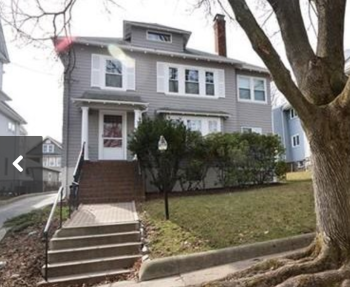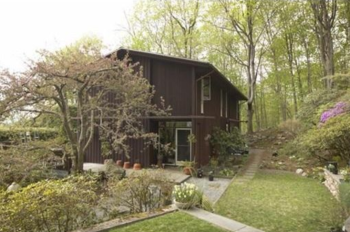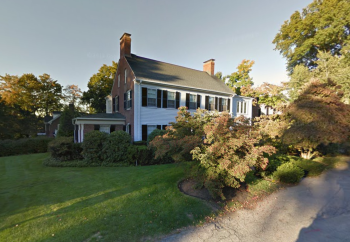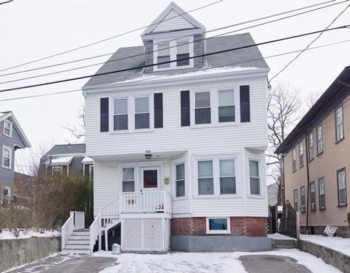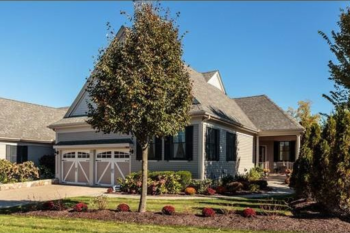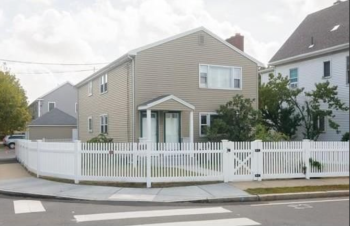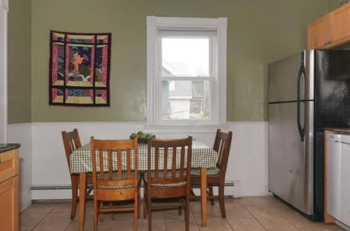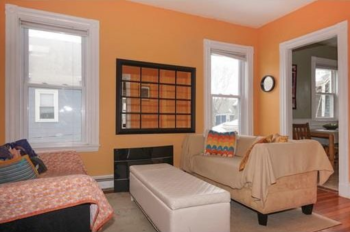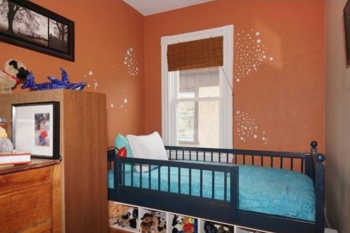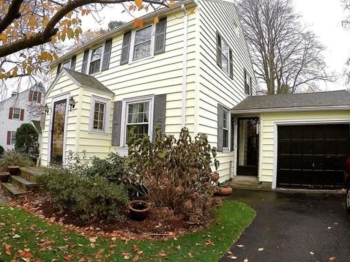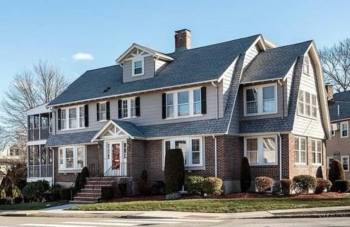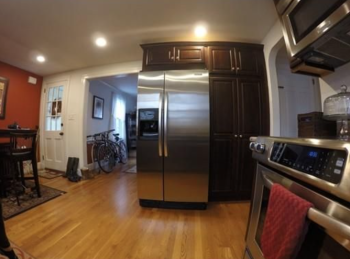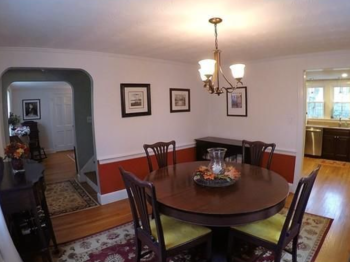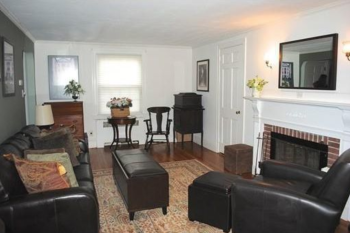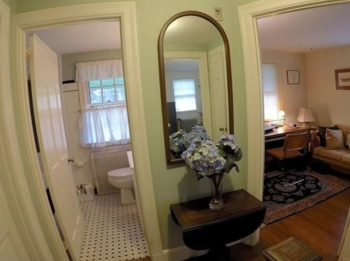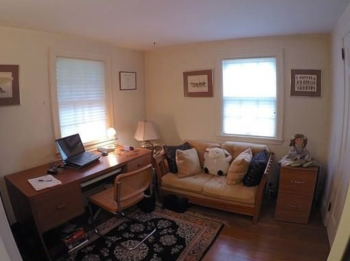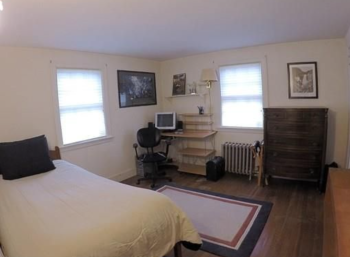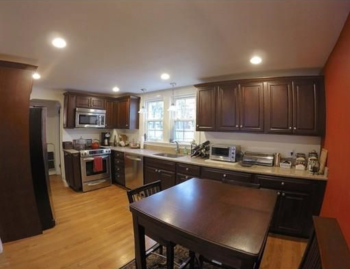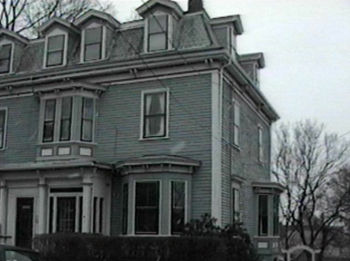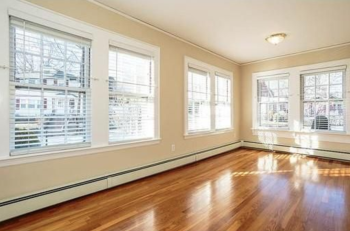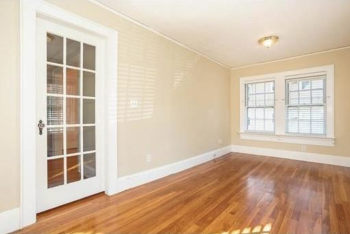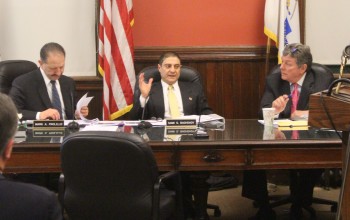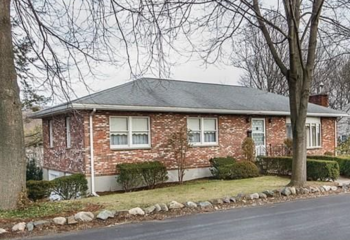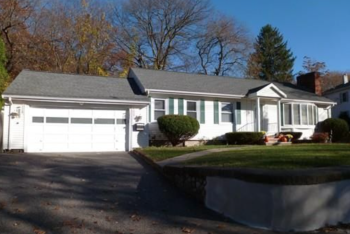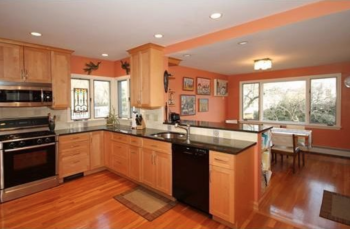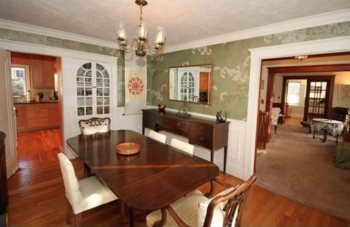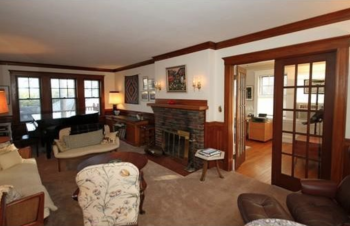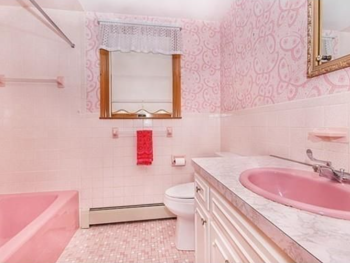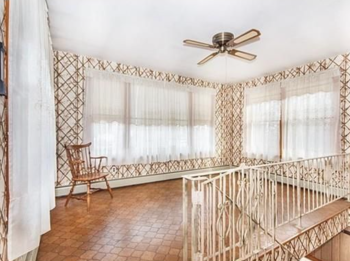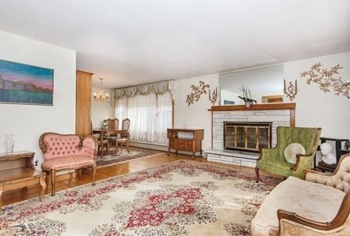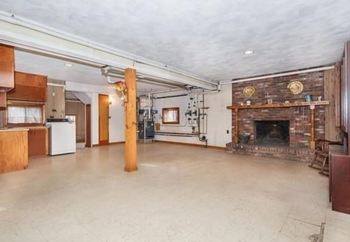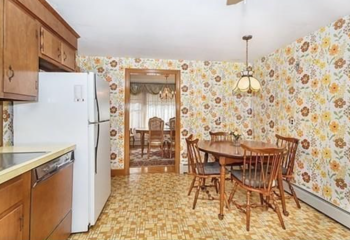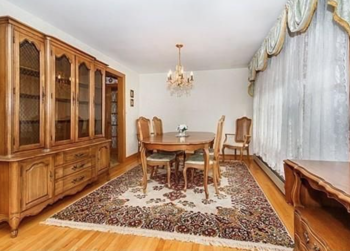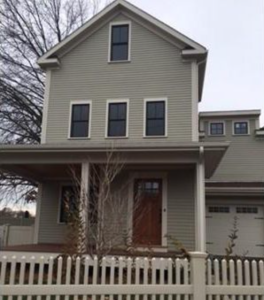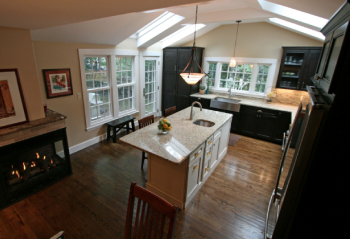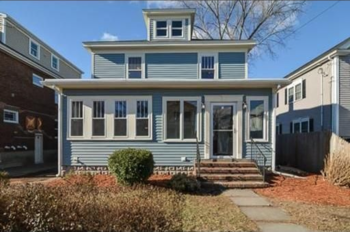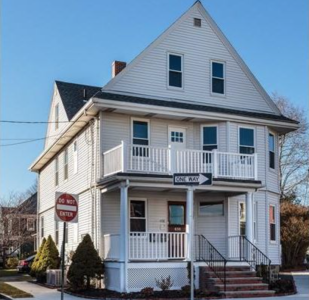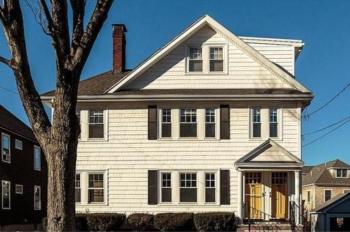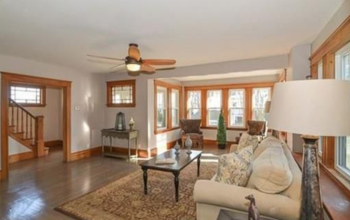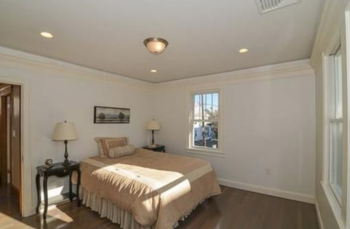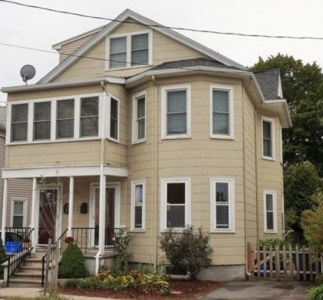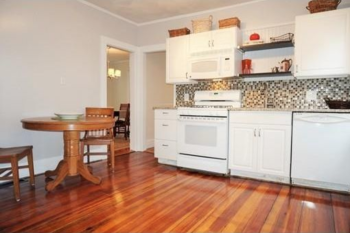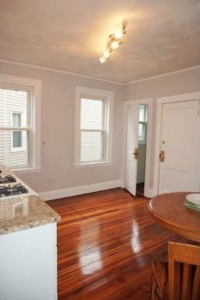Photo: A rendering of the proposed Belmont Inn Suites at the corner of Pleasant and Brighton streets.
“Some conjurers say that number three is the magic number,” wrote Charles Dickens and Waltham developer Michael Columba hopes his third time before the Zoning Board of Appeals is a magical one as he one again presents his proposal to build a small hotel at the base of Belmont Hill.
It’s expected the Board will take a vote tonight, Monday, April 4, on Columba’s attempt to secure five special permits which will allow the construction of a 19-unit “European-style boutique hotel” at the corner of Brighton Avenue and Pleasant Street at the location of the now vacant Mini-Mart convenience store.
And there is every reason to think that the hotel has a better than average chance to pass board muster as the five members have asked Columba and his architect, former Belmont Selectman Andy Rojas, twice to return with greater detail and data on what are standard technical issues – sound levels of air conditioning, lighting, trash collection – that a commercial real estate development is required to present.
If there is one issue that could derail Columba’s plans to bring to Belmont the first hotel in more than century it would come from ZBA Chair Eric Smith’s quiry on just how a hotel fits within the town’s bylaws. As there is no mention of hotels in the table of uses in the zoning documents, “the closest … is apartments which are a prohibited use in [this zoning district],” Smith said at the previous meeting in March and February.
In March, Columba’s team made the connection the zoning bylaw’s parking requirements – which does briefly refers to hotel use – suggests a hotel would be similar to a daycare center or a catering business, retail and service uses that are allowed at the site with a special permit.
The project would involve renovating the two-building, two-story structure at 334 Pleasant St. to open a boutique hotel consisting of 19 guest rooms, a cafe for guests, a fitness room, a business center and management offices on the 14,400 sq.-ft. site.
Columba, who is head of a construction company that specializes in building airport control towers and other aviation infrastructure, built his first hotel, the Crescent Suite Hotel in Waltham and is preparing to construct a multi-level hotel on the foot of the Charles River on Moody Street.
